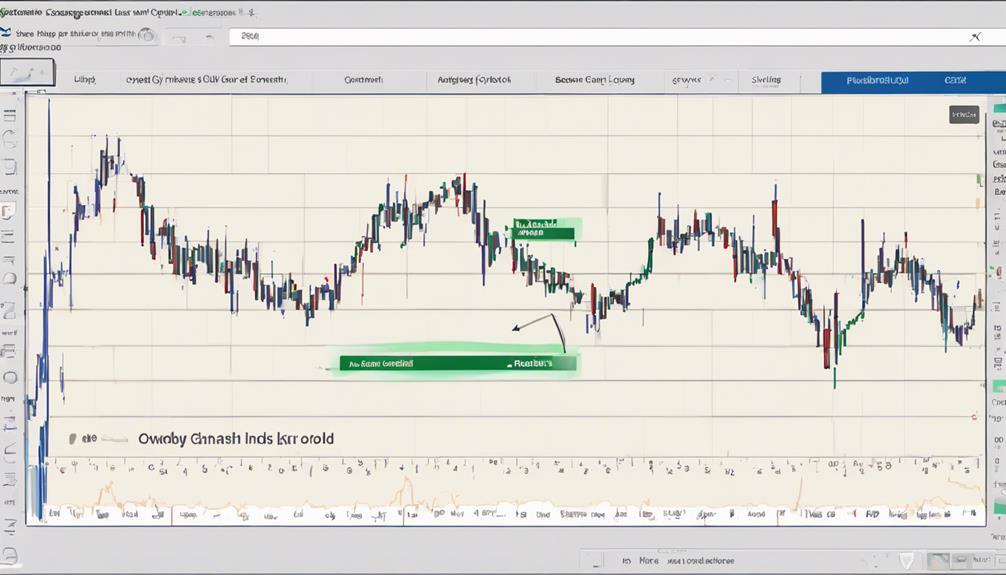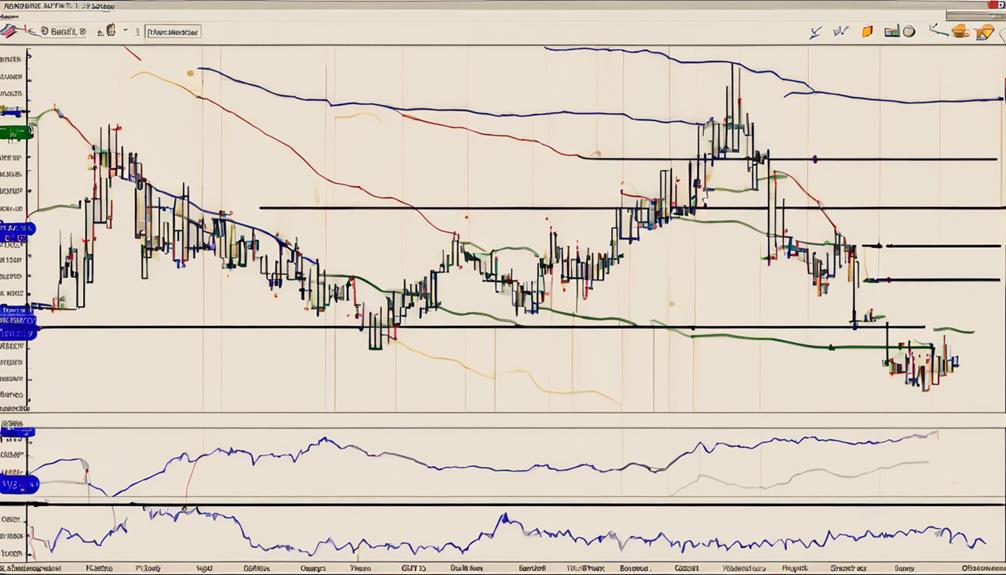Understanding the intricacies of the Commodity Channel Index (CCI) can significantly impact a trader's success in the dynamic world of financial markets. By honing in on key strategies such as:
- Trend identification
- Setting effective overbought and oversold levels
- Incorporating CCI divergence for confirmation
Traders can navigate volatile market conditions with increased precision. These top three tips serve as foundational pillars for those looking to elevate their trading game and stay ahead of the curve in optimizing their CCI trading strategy.
Utilizing CCI for Trend Identification
The Commodity Channel Index (CCI) serves as a valuable tool for identifying trends in the market, aiding in the recognition of potential trend reversals and divergences. When utilizing the CCI for trend identification in trading, traders can benefit from its ability to pinpoint overbought or oversold conditions in the market. By using the CCI indicator in conjunction with price action patterns, traders can enhance their ability to identify trend changes accurately.
The CCI trading strategy involves analyzing CCI signals to determine potential entry and exit points based on overbought/oversold levels. The CCI formula calculates the indicator's value based on the relationship between the current price, its moving average, and the mean deviation. Traders can use these values to identify overbought or oversold conditions, indicating potential trend reversals or continuations. By incorporating the CCI into their trading strategies, traders can improve their ability to identify trends and make informed trading decisions.
Setting Effective Overbought and Oversold Levels

When establishing effective overbought and oversold levels for the Commodity Channel Index (CCI), it is crucial to consider market conditions and asset volatility for optimal performance. Setting the overbought level above 100 and the oversold level below -100 is the standard practice, indicating potential selling and buying opportunities, respectively.
However, traders can enhance the accuracy of trend identification by adjusting these levels based on extreme conditions, such as using levels of +/-200. Adapting the CCI levels dynamically according to historical price data can further improve strategy performance. By incorporating dynamic levels, traders can better navigate varying market conditions and asset volatility, leading to more precise entry and exit points.
This approach ensures that the CCI effectively captures shifts in momentum and provides timely signals for traders to act upon, ultimately enhancing the overall effectiveness of the trading strategy.
Incorporating CCI Divergence for Confirmation

Utilizing CCI divergence analysis enhances the confirmation of potential trend reversals in trading strategies. CCI divergence occurs when the price action and CCI indicator move in opposite directions, indicating possible trend changes.
Bullish divergence, characterized by lower lows in price and higher lows in CCI, suggests a potential uptrend, while bearish divergence, identified by higher highs in price and lower highs in CCI, indicates a possible downtrend.
Confirming divergence signals with CCI crossing above or below the zero line can strengthen the validity of trend reversal predictions. By incorporating CCI divergence analysis, traders can add a layer of confirmation to their trading decisions, leading to improved accuracy in identifying entry and exit points.
This analytical approach to interpreting CCI divergence can provide traders with valuable insights into market dynamics, aiding in making more informed and strategic trading choices.
What Are the Top Tips for Mastering the Commodity Channel Index in Technical Analysis?
When exploring commodity channel index, it’s important to understand the overbought and oversold levels. Utilize CCI for identifying trend reversals and divergences. Apply other technical indicators to confirm signals. Use longer and shorter periods for different time frames. Practice and backtest strategies to master CCI in technical analysis.
Frequently Asked Questions
What Is the Best Setting for the Commodity Channel Index?
The optimal setting for the Commodity Channel Index (CCI) is typically set at a period of 14, reflecting two weeks of trading data. This setting strikes a balance between responsiveness and reliability, making it a widely utilized standard by traders.
What Is the Best Timeframe for Cci?
The optimal timeframe for CCI varies based on trading objectives. Shorter intervals like 5 or 15 minutes suit day traders for quick trades, while longer frames such as 1-hour or daily charts cater to swing traders capturing significant market movements.
How Do You Index a Commodity Channel?
Indexing a commodity channel involves calculating the Commodity Channel Index (CCI) using typical price, simple moving average, and mean deviation. The CCI oscillates around a zero line, aiding traders in identifying overbought or oversold conditions in the market.
What Are the Signals for a CCI Sell?
When CCI sell signals emerge, traders observe a crossing of the CCI line below the upper band, indicating potential selling opportunities due to overbought conditions. Confirming signals with other indicators and employing sound risk management practices are vital for decision-making.
Conclusion
In conclusion, mastering the Commodity Channel Index (CCI) requires a deep understanding of its adaptability to different time frames. The significance of indicators like CCI and the importance of selecting liquid currency pairs are crucial components.
By utilizing CCI for trend identification, setting effective overbought and oversold levels, and incorporating CCI divergence for confirmation, traders can enhance their trading strategy and maximize profitability.
Continuous analysis and refinement of CCI strategies are essential for successful trading in both stock and forex markets.
